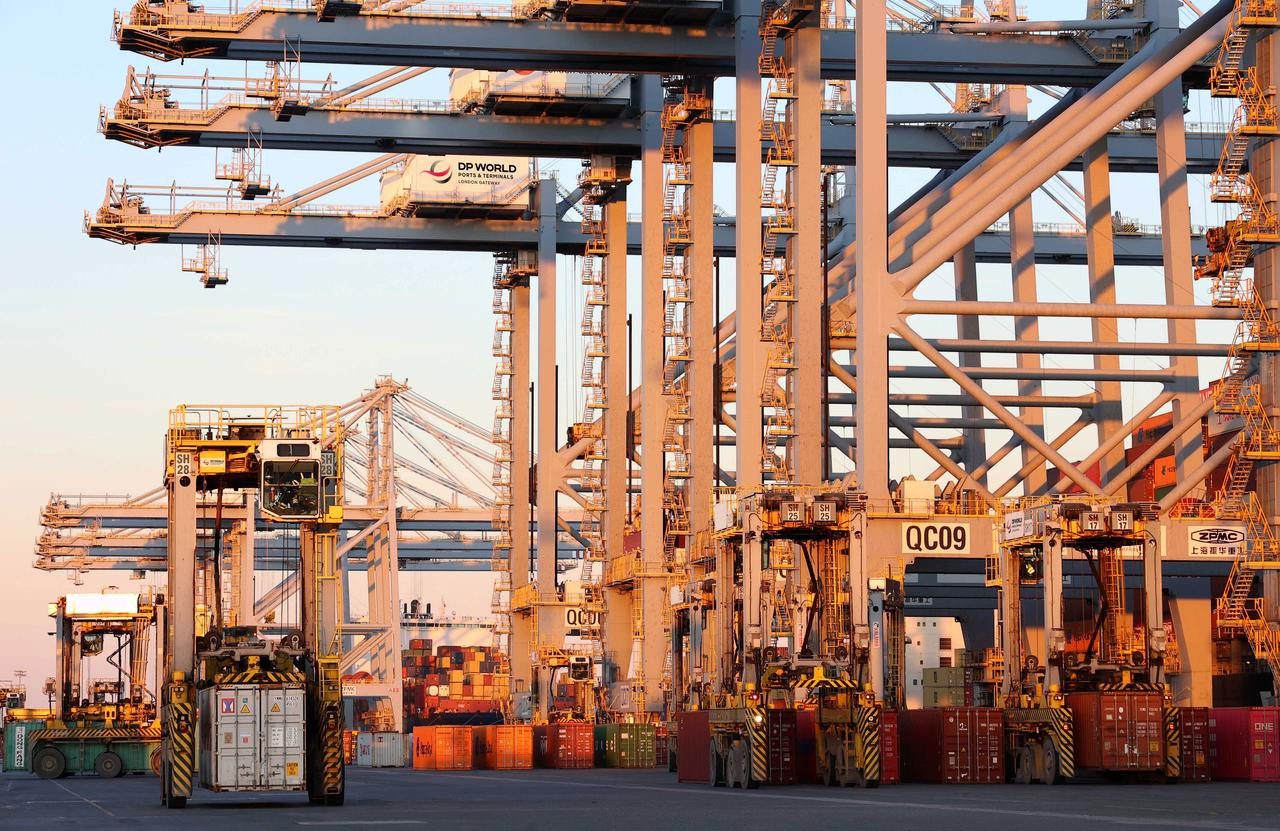The CMA CGM Benjamin Franklin calls at the Port of Los Angeles, December 26, 2015. Photo: Port of Los Angeles
(Ship and Bunker) — Alongside news that the CMA CGM S.A. (CMA CGM) 18,000 TEU Benjamin Franklin will become the largest containership to call at any U.S. port upon its 26 December arrival in the Port of Los Angeles, while Drewry Shipping Consultants Ltd (Drewry) says that U.S. West Coast (USWC) ports are not prepared to handle mega box ships on a regular basis.
“U.S. West Coast ports are not yet in a position to handle 18,000 TEU containerships regularly and have much work to do in terms of improving productivity if they are to see them call on anything other than an ad-hoc basis,” said Drewry.
Drewry says the Benjamin Franklin’s arrival is “largely a public relations exercise,” adding that the vessel, which may not be fully loaded, will not be able to “meaningfully” test the Los Angeles terminal’s capacity for dealing with such vessels.
“At the very least it raises the question of what the USWC ports need to do to get there,” noted Drewry.
With vessel sizes expected to increase across the board, Drewry says that it is important for West Coast ports to improve their infrastructure to accommodate bigger ships, including adjusting water depth, quay length, and cranes, as well as improving the efficiency of dealing with cargo.
“It’s important for the U.S. West Coast ports to step up as they are losing some of their dominant market share to their rivals on the East Coast, which will soon get a boost from the expanded Panama Canal that will triple the maximum size of containership that can call there,” explained Drewry.
However, the consultancy also warns that changes at ports must be done strategically.
“Introducing too many ULCVs (Ultra Large Container Vessels) to the West Coast ports before they are fully ready would most likely worsen productivity, rather than improve matters, and could add days to the load and discharge time for boxes at terminals, thus undermining the USWC’s competitiveness versus the USEC (U.S. East Coast),” said Drewry.
While terminal automation would boost productivity and enable 24/7 operations, Drewry also notes that the flexibility required from unionised dock workers to achieve such automation “seems a long way off.”
In June, Ship & Bunker reported that the Boston Consulting Group (BCG) said that the completion of the Panama Canal expansion could mean as much as 10 percent of East Asia container traffic currently going to the U.S. West Coast would switch to East Coast ports by 2020.
This article was written by ShipandBunker.com, the world’s leading free to access website focused on marine fuel, with news, exclusive features, and bunker price indications for 150+ ports.
For more bunker news, follow Ship and Bunker on on Twitter and Facebook.

 Join The Club
Join The Club











